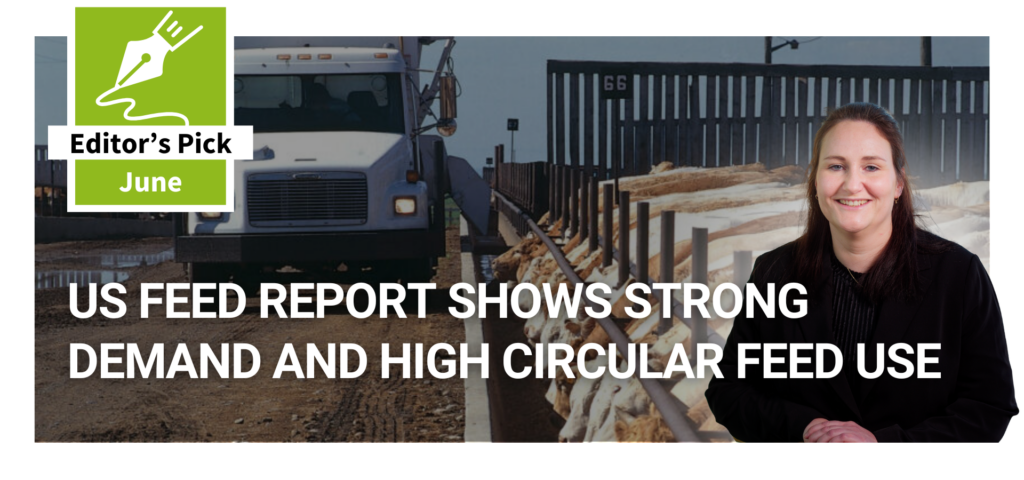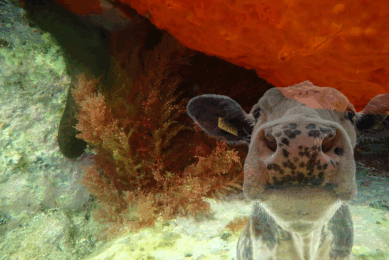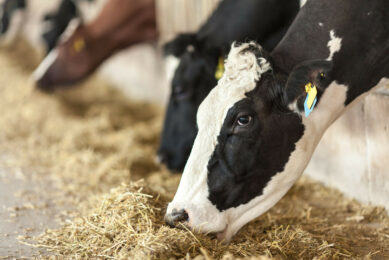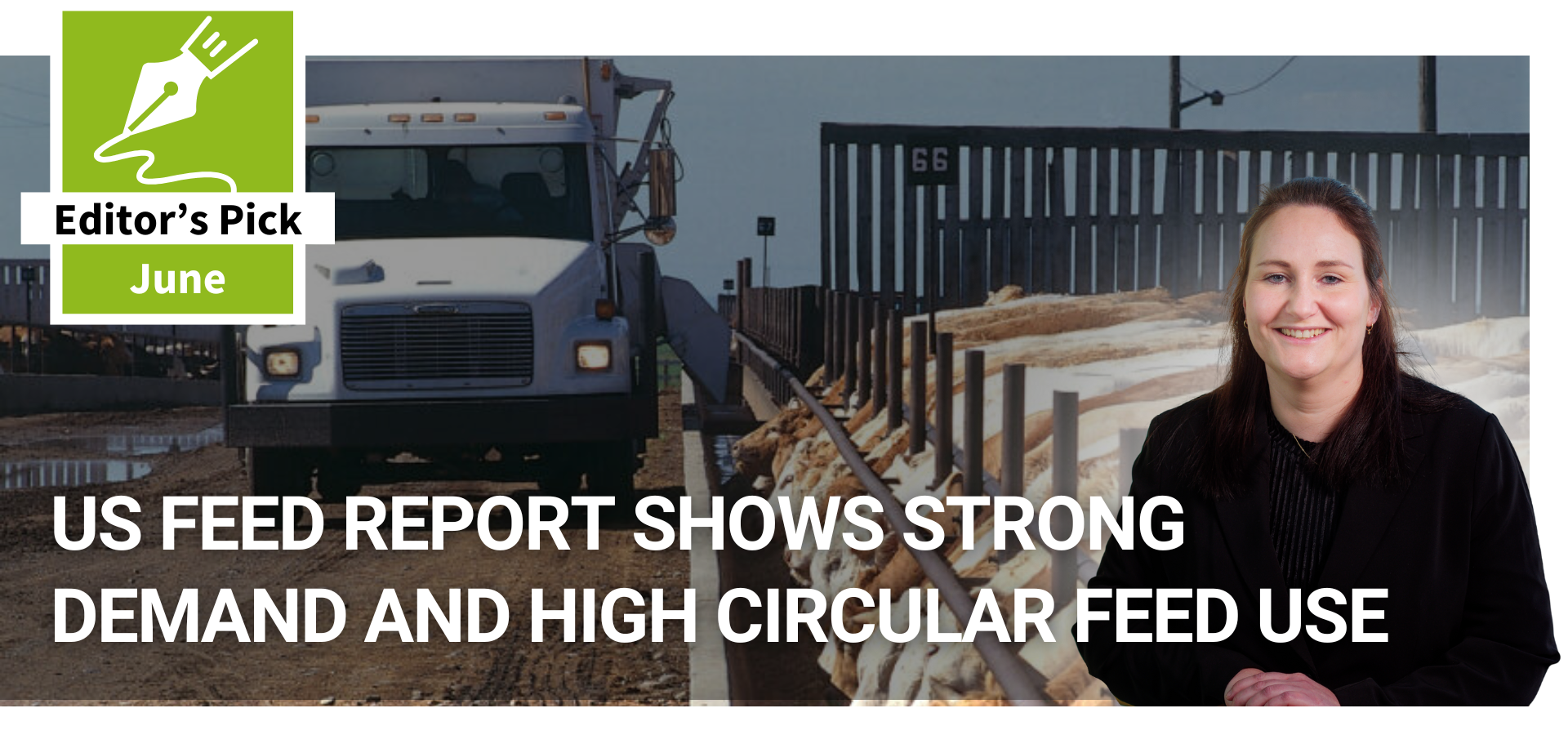Methane reduction with better feed conversion
Methane emissions are a hot issue in cattle farming. One way of lowering ruminant methane emissions is through improved feed conversion efficiency.
Improvements in feed conversion efficiency (FCE) can be applied to individual animals as well as to production from land, as in a farm system.
The focus of this research relates mainly to food production from individual animals within any animal population where there is divergence in the efficiency that individuals use ingested feed for maintenance and production; primarily due to differences in digestion and metabolism.
Intake variation from the predicted mean for individuals of a similar size and level of production in a population has been termed residual feed intake (RFI), with low values indicating an efficient animal.
Efficient animals require less feed than average and can be expected to produce less CH4 and N2O per unit product than the population average at a similar level of production.
Selection for this trait will lower CH4 emissions per animal, unless more animals are kept to eat the feed not required by efficient animals.
There are few published evaluations of CH4 yields from animals with divergent RFI and there is little evidence that efficient animals have a different CH4 yield expressed as CH4/kg dry matter (DM) intake.
Of equal or greater importance than RFI is the need to select high producing animals, as this will reduce emissions/unit of product, referred to as emissions intensity (Ei).
Research should identify productive individuals that have a low RFI to minimise Ei and maintain food production.
The extent to which CH4 can be reduced by selection for RFI will depend on the heritability of efficiency, dispersal of efficient animals through all populations and their resilience in a production system (i.e., robustness).
The benefit of RFI to lowering greenhouse gas (GHG) emissions is its application, irrespective of farming system (i.e., confined, intensive, extensive grazing), especially because efficient animals are likely to increase farm profitability.
Efficient animals are already in all herds and flocks and research must identify and remove inefficient individuals, while retaining and ensuring efficient ones are fit to purpose.
However, the biggest benefits to reducing emissions and increasing production will be associated with good animal management practice (e.g., appropriate genetics, reproductive performance, longevity) with efficient animals superimposed.
Good animal systems management will improve profitability, and apply to both intensive and extensive systems to increase food production and lower Ei.
One dilemma for agriculturists will be the practice of feeding grains to ruminants, as gains in animal efficiency, especially in reduction of Ei, are likely to be biggest with high energy density rations, but feeding grain to ruminants may become an unsustainable practice if food supplies for humans are limited.
This article is part of the special issue of the journal Animal Feed Science and Technology entitled: Greenhouse Gases in Animal Agriculture – Finding a Balance between Food and Emissions,.











